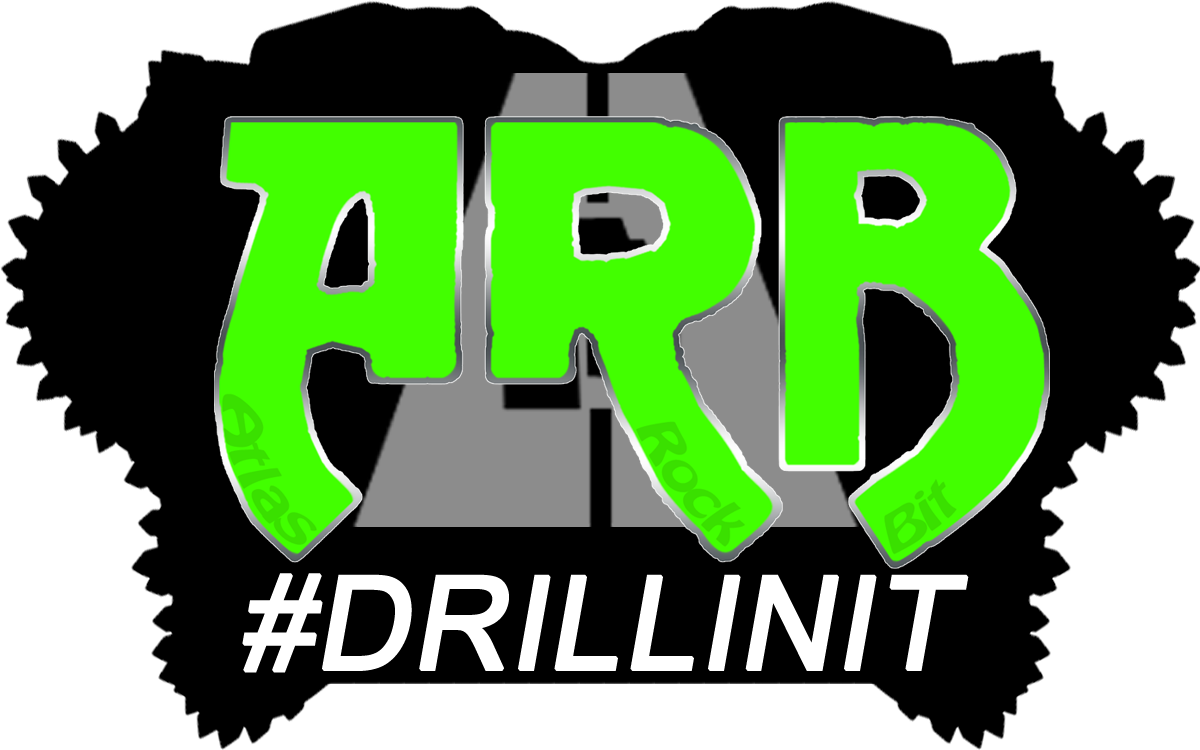CALCULATING THE HYDRAULICS
A simple and accurate method for selecting hole opener and pilot bit hydraulics is to use one of the many hydraulics worksheets (get the blank worksheet) or calculators similar to the one furnished in the Atlas Rock Bit Hydraulics Manual. Proper hole opener nozzle sizes are quickly calculated by following the worksheet step-by-step.
For example, consider the following sample problem. A 17 ½ in. pilot hole drilled to a depth of 2500 ft. now has to be opened to 26 in. with a Atlas Rock Bit Custom Hole Opener so that 20 in. surface casing can be set.
Taking into account the well data and pump data, it has been decided that a maximum operating pump pressure of 3,000 psi can be used. A flow rate of 1,320 gpm is needed to give an annular velocity of 50 fpm. This satisfies the requirements for minimum annular velocity and flow rate for efficient hole cleaning.
Using the Hydraulics Manual
Now, by using the Atlas Rock Bit Hydraulics Manual, system pressure losses are calculated using the chosen flow rate. For this step it is necessary to take into account drill pipe dimensions, drill collar dimensions, and mud weights. Once system pressure losses are known, it is simply a matter of deducting them from the maximum operating pressure of 3,000 psi. As a result, there is 1,727 psi of pressure remaining for bit and hole opener nozzle size selection.
Hole Opener Nozzle Size Selection
Now, by using the Atlas Rock Bit manual and interpolating between values for jet nozzle size (total flow area) it is determined that a total flow area (TFA) as close to, but not smaller than, 0.9681 sq. in. is necessary. Taking 75% of this TFA for hole opener nozzles gives an area of 0.7261 sq. in. Since the 26 in. hole opener uses three nozzles, the closest nozzle selection to 0.7251 sq. in. without going below the 75% rule is three 18/32 in. nozzles with an area of 0.7455 sq. in.
Pilot Bit Nozzle Selection
For the pilot bit, following the same procedure by taking 25% of the TFA of 0.9681 sq. in. to get 0.2420 sq. in. Since fluid is being restricted at the bit, choose nozzles that have an area as close to 0.2420 sq. in. without exceeding it. As a result three 10/32 in. nozzles are chosen with an area of 0.2301 sq. in.
Calculation Results Summary
Thus, the actual TFA to be used is 0.9756 sq. in. with 23.6% of the area in the bit and 76.4% in the hole opener. With a flow rate of 1,320 gpm, pressure loss at the hole opener and pilot bit is 1,503 psi. Therefore, total pump pressure is 2,975 psi which is within the maximum operating pressure guideline of 3,000 psi.
Further completion of the worksheet results in the calculation of the percent hydraulic horsepower per square inch of hole area for both the hole opener and pilot bit.
